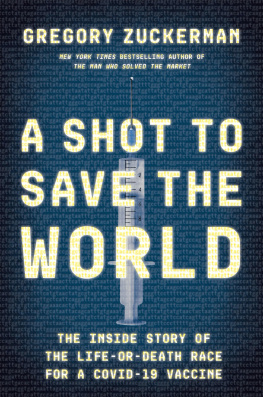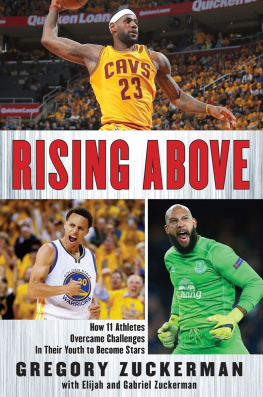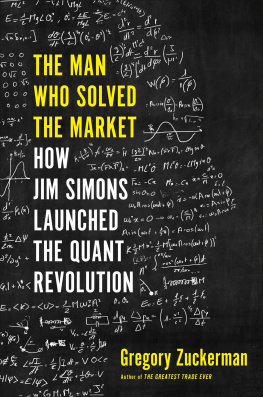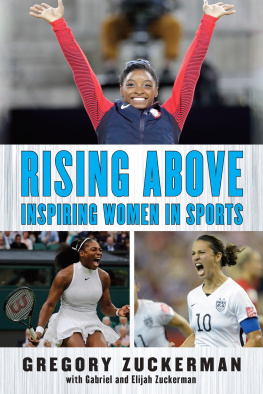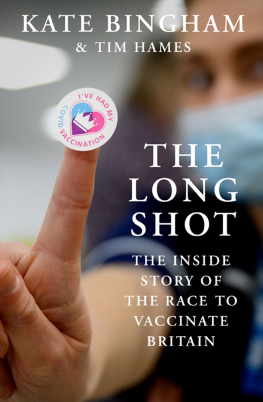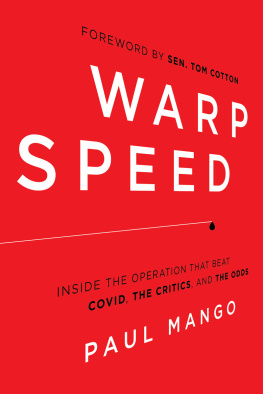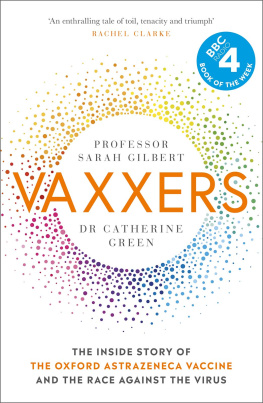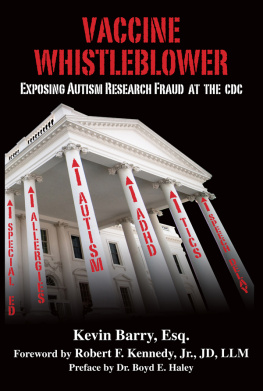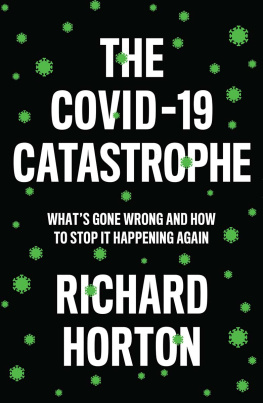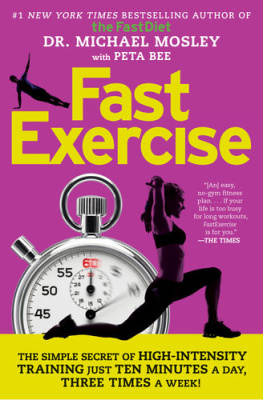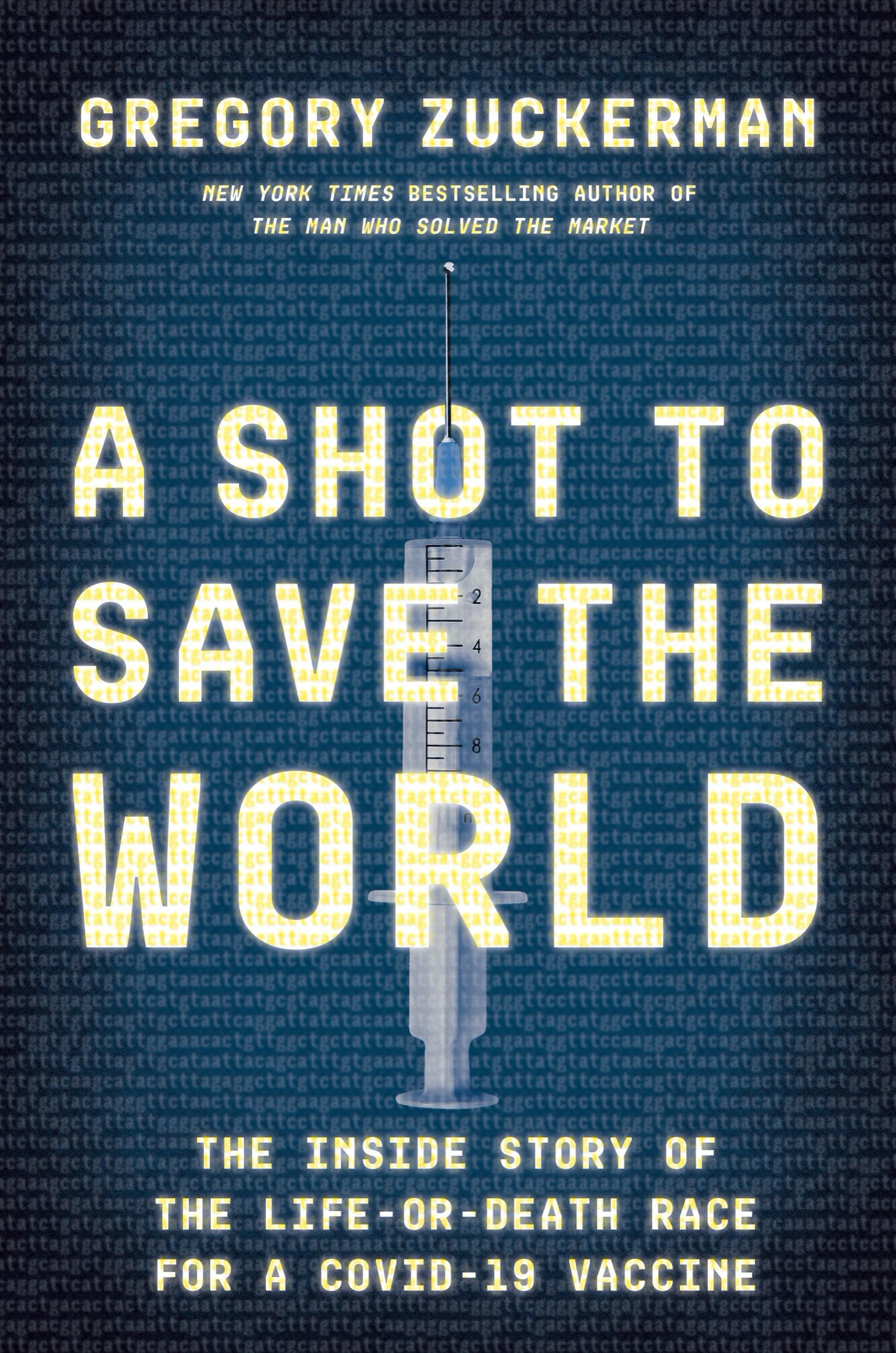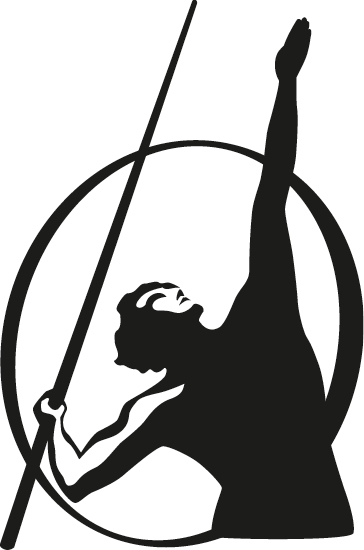
Portfolio / Penguin
An imprint of Penguin Random House LLC
penguinrandomhouse.com
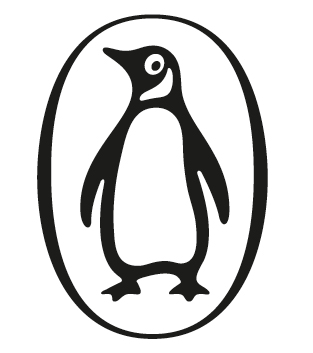
Copyright 2021 by Gregory Zuckerman
Penguin supports copyright. Copyright fuels creativity, encourages diverse voices, promotes free speech, and creates a vibrant culture. Thank you for buying an authorized edition of this book and for complying with copyright laws by not reproducing, scanning, or distributing any part of it in any form without permission. You are supporting writers and allowing Penguin to continue to publish books for every reader.
Library of Congress Cataloging-in-Publication Control Number: 2021945462
ISBN 9780593420393 (hardcover)
ISBN 9780593420409 (ebook)
Book design by Meighan Cavanaugh, adapted for ebook by Shayan Saalabi
pid_prh_5.8.0_c0_r0
For those who gave of themselves to help others
CONTENTS
CAST OF CHARACTERS
Moderna
Stphane Bancel Chief executive and master fundraiser
Stephen Hoge President and ex-McKinsey & Company consultant
Eric Huang Staffer who convinced Moderna to focus on vaccines
Kerry Benenato Organic chemist who solved key mRNA challenge
Juan Andres Head of vaccine manufacturing, stocked up on household supplies in early 2020
Robert Langer Chemical engineer, helped launch Moderna
Noubar Afeyan Lebanese-born venture capitalist who hired Bancel
BioNTech
Uur ahin Cofounder; dreamed of developing cancer immunotherapies
zlem Treci Cofounder; cancer researcher
Thomas Strngmann Billionaire backer of ahin, Treci, and BioNTech
Pfizer
Albert Bourla CEO, pushed for fast Covid-19 vaccine
Mikael Dolsten Chief scientist, became worried company picked wrong vaccine design
Kathrin Jansen Vaccine-research chief
Beth Israel Deaconess Medical Center
Dan Barouch AIDS researcher, developed vaccine approach employing adenovirus serotype 26, worked with Johnson & Johnson
Oxford University
Adrian Hill Polarizing vaccine researcher who spent his career fighting malaria and being abrasive to his peers
Sarah Gilbert Chimpanzee-virus specialist who designed Covid-19 vaccine
Novavax
Gale Smith Invented vaccine approach using insect viruses, developed AIDS vaccine at MicroGeneSys
Stanley Erck CEO, Vietnam veteran
Gregory Glenn President, former physician, hobbyist chicken farmer
Academic Researchers
jon wolff mRNA pioneer at the University of Wisconsin
Eli Gilboa Achieved early mRNA advances at Duke University
Katalin Karik Hungarian-born researcher and diehard mRNA advocate
Drew Weissman Worked with Karik on mRNA breakthrough, feline fan
Luigi Warren Software engineer-turned-biologist responsible for important mRNA advance
Derrick Rossi mRNA revolutionary, helped found Moderna
Jason Mclellan Structural biologist, discovered way to keep spike protein in ideal form
Nianshuang Wang Native of China, worked on breakthrough coronavirus research
Government Scientists
Anthony Fauci Top U.S. infectious-disease expert
Barney Graham Deputy director, Vaccine Research Center; chased RSV vaccines, worked with Moderna on Covid-19 vaccine
John Mascola Director of the Vaccine Research Center, part of the National Institutes of Healths National Institute of Allergy and Infectious Diseases (NIAID)
Kizzmekia Corbett Viral immunologist in Grahams lab
MicroGeneSys
Frank Volvovitz Founder, chased AIDS vaccine
INTRODUCTION
In late January 2020, I traveled to Europe and the Middle East with my two sons. We had read reports describing a worrisome virus circulating in central China and likely beyond, but the threat didnt seem immediate or especially worrisome. Walking through Heathrow Airport, my sons insisted on wearing makeshift face masks but I yanked mine off. They were useless, health officials were advising, and might even invite danger. Every few years, it seemed, worries arose about some new virus or other, but the pathogens rarely had broad impact. Besides, I was getting nervous looks from fellow passengers.
Within weeks, the world was held hostage by a lethal virus, and the most calamitous health crisis in decades had begun. Not since the AIDS epidemic of the 1980s, or perhaps the 1918 flu pandemic, did so much of humankind simultaneously fear for its health and wellness. Just as in those earlier periods, fear was accompanied by confusion and uncertainty. No one knew the origins of the novel virus, which eventually was determined to be part of the coronavirus family and was named severe acute respiratory syndrome coronavirus 2, or SARS-CoV-2. It wasnt understood why the virus spread so rapidly and efficiently, or how it could be avoided or stopped. All that was clear was that everyone was a potential victim.
By the late summer of 2021, more than 4.5 million people around the world had died of the resulting disease, which was branded Covid-19, and more than 210 million people had been sickened.
Almost every family was affected in some way or fashion, including my own. One of my sons contracted the virus, as did close friends and relatives. An uncle died of Covid-19, as well as a neighbor. So much pain, destruction, and mayhem, and all from an oily bubble of genes with a diameter of about one hundred nanometers, small enough to fit one thousand virus particles across the width of a single strand of hair.
Politicians, government officials, business leaders, and public-health professionals were unprepared for the most devastating pandemic in a century. The errors, oversights, and obfuscations witnessed after the mysterious respiratory illness first emerged in Wuhan, China, in January 2020 could fill a book or two. It just wont be this one. This is the story of how science protected humanity from a modern-day plague.
I began tracking the vaccine chase as the world locked down in early spring of 2020 and I retreated deep into my basement office, unable to access The Wall Street Journals Midtown Manhattan building. Soon I was speaking with extraordinary and often courageous scientists, executives, and government researchers who were going all out to develop shots to stem the pandemic. Their efforts and exploits served as welcome distractions amid the pervading gloom and despair.
The obstacles they confronted were immense. At the start of the pandemic, many health-care experts deemed it unlikely that safe and effective vaccines could be produced, at least in the near term. After all, until 2020, a mumps vaccine was the fastest ever developed, and that took a long four years. The average vaccine was produced in ten years. The stubborn scientists persisted, though, convinced they had a way to save lives. At each turn, they experienced unexpected drama.
I became determined to tell their story. Developing, testing, manufacturing, and then delivering safe and effective vaccines within a single year is a feat unmatched in modern science, and arguably one of humankinds proudest moments. By one count, the Covid-19 vaccines helped prevent 279,000 deaths and averted up to 1.25 million additional hospitalizations, as of summer 2021.

